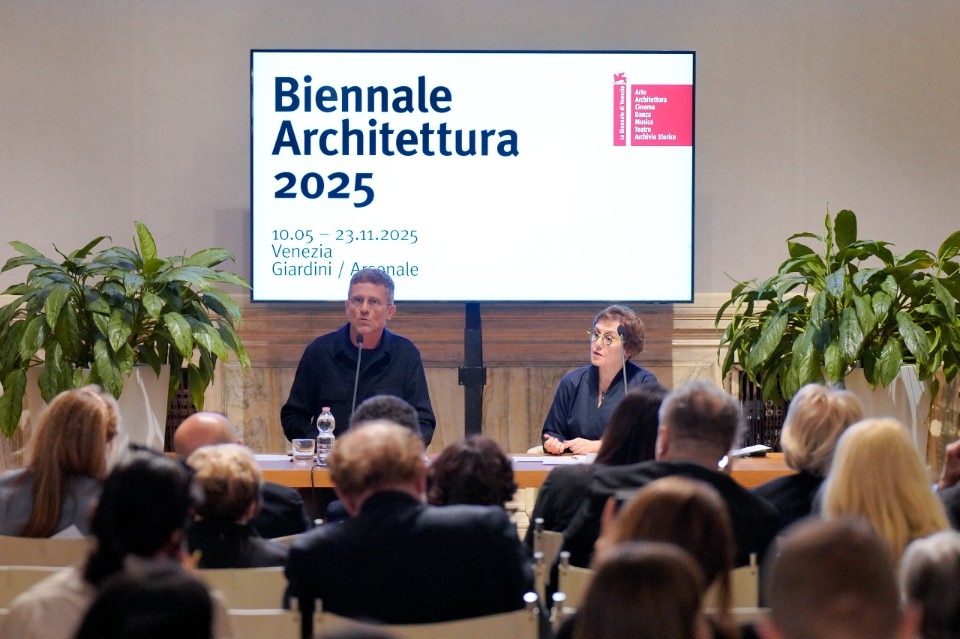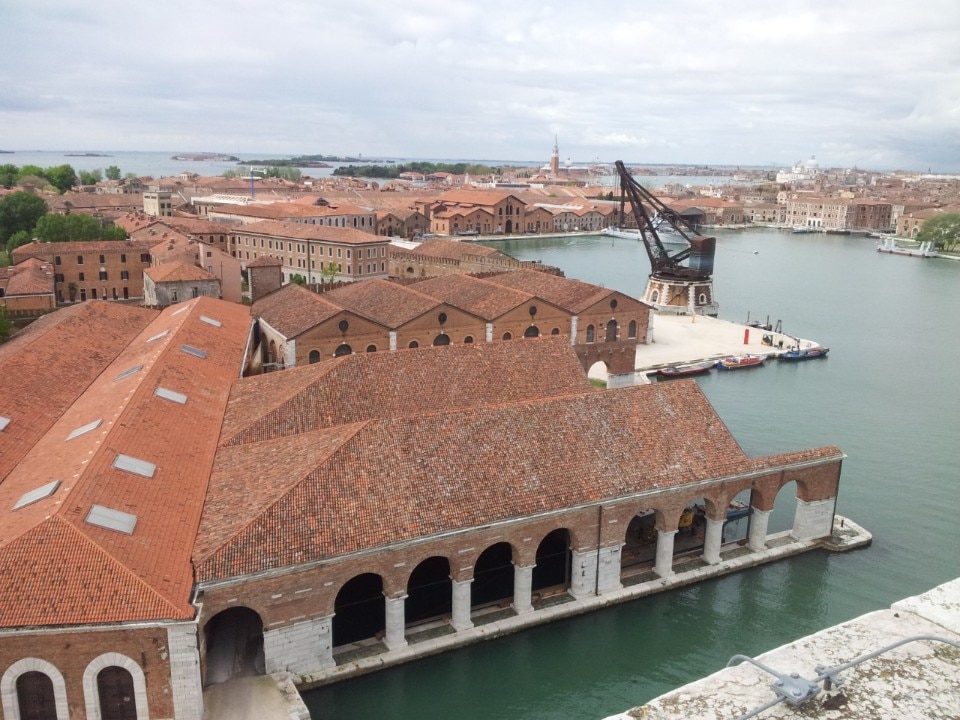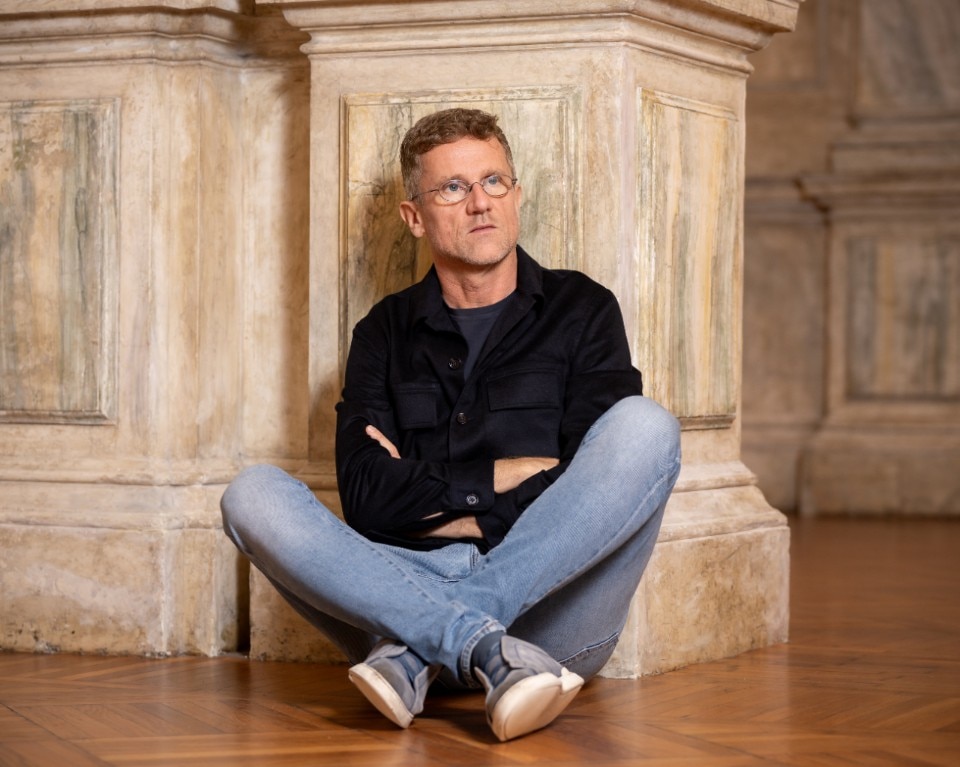The first glimpse of the Biennale opening on May 10, 2025, given by curator Carlo Ratti and president Pietrangelo Buttafuoco, is immediately a matter of language: neither Italian nor English, in fact, it is Latin that provides a name for the nineteenth international architecture exhibition. Under the word Intelligens (intelligent, intelligence but also gens, people) we want to combine what Ratti defined as three intelligences: natural, artificial and collective.
Ever since Ruskin, everyone has come to Venice wondering how to save it, but maybe now Venice can save everyone else.

These are also the three sections into which the central exhibition at the Arsenale will be divided. The first two will narrate a co-evolutionary relationship between natural and artificial: organic materials, vegetation and biomimetics, but also networks and digital infrastructures, the built environment as a living organism, and artificial intelligence in its still undefined role in relation to the practice of designers. Collective intelligence, then, should be expressed in those formulations often associated with the so-called informal, as a place where architecture works with, and not against, nature. This leads to a final section that questions the possibilities of living off planet Earth, should the latter end up being irreparably damaged by our very action.

The introduction, on the other hand, is dedicated to the city of Venice, to all those other actions that animate and protect it, seen as a unique example of how different forms of intelligence are put into practice.
Ever since Ruskin, everyone has come to Venice wondering how to save it, but maybe now Venice can save everyone else, said Ratti, and this very reading is what leads to the component that will attract the most attention in these pre-opening months; a component inevitably relating to the physical location that has always been the most dense of confrontations: the Giardini.

The central pavilion, first of all, which actually won’t be there: closed for works, its research activity will spread through the entire city, seen as a laboratory as to the curator's words, also in terms of event production circularity: the aim is to create a manifesto-experience, where content and container will coincide.
As for the national pavilions, by immediately referencing the coordinating action of the 2014 Biennial curated by Rem Koolhaas an invitation has been addressed to all participating countries – still in the process of formulating their individual proposals – to embrace the common theme One place, one solution, a declination of the title of this edition in terms of success stories to be presented. It seems that France has already surprised the curatorial team by formulating its proposal precisely in this direction. To date, there is no further information or position regarding national participations.
This combination of top-down and bottom-up approach also includes a novelty, compared to previous editions: a space dedicated to external proposals – from architects and non-architects, to be evaluated by the curator for inclusion in the exhibition – planned to remain open until June 21, 2024.
Opening image: Photo Andrea Avezzu


